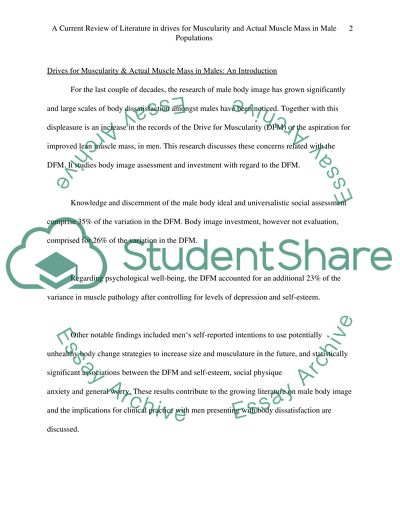Cite this document
(“Drives for muscularity and actual muscle mas in male populations Essay”, n.d.)
Drives for muscularity and actual muscle mas in male populations Essay. Retrieved from https://studentshare.org/health-sciences-medicine/1510909-a-current-review-of-literature-in-drives-for-muscularity-and-actual-muscle-mas-in-male-populations
Drives for muscularity and actual muscle mas in male populations Essay. Retrieved from https://studentshare.org/health-sciences-medicine/1510909-a-current-review-of-literature-in-drives-for-muscularity-and-actual-muscle-mas-in-male-populations
(Drives for Muscularity and Actual Muscle Mas in Male Populations Essay)
Drives for Muscularity and Actual Muscle Mas in Male Populations Essay. https://studentshare.org/health-sciences-medicine/1510909-a-current-review-of-literature-in-drives-for-muscularity-and-actual-muscle-mas-in-male-populations.
Drives for Muscularity and Actual Muscle Mas in Male Populations Essay. https://studentshare.org/health-sciences-medicine/1510909-a-current-review-of-literature-in-drives-for-muscularity-and-actual-muscle-mas-in-male-populations.
“Drives for Muscularity and Actual Muscle Mas in Male Populations Essay”, n.d. https://studentshare.org/health-sciences-medicine/1510909-a-current-review-of-literature-in-drives-for-muscularity-and-actual-muscle-mas-in-male-populations.


